Swan Lake, a ballet that transcends time and culture, is not just a performance; it embodies a rich tapestry of themes such as love, betrayal, and transformation. The narrative, steeped in classic Russian folklore, continues to captivate audiences around the globe, proving its significance in the world of performing arts. This article delves into the multifaceted essence of Swan Lake, exploring its historical roots, thematic depth, cultural interpretations, and enduring legacy. Through a comprehensive examination of these elements, we will come to appreciate how Swan Lake has not only survived the test of time but flourished, evolving to resonate universally across generations.
The Historical Significance of Swan Lake
The history behind Swan Lake is as layered and intricate as the ballet itself. Composed by Pyotr Ilyich Tchaikovsky and first premiered in 1877 at the Bolshoi Theatre in Moscow, Swan Lake was initially met with lukewarm reception. However, over time, it has evolved into one of the most beloved ballets in the world.
The Inception of an Icon
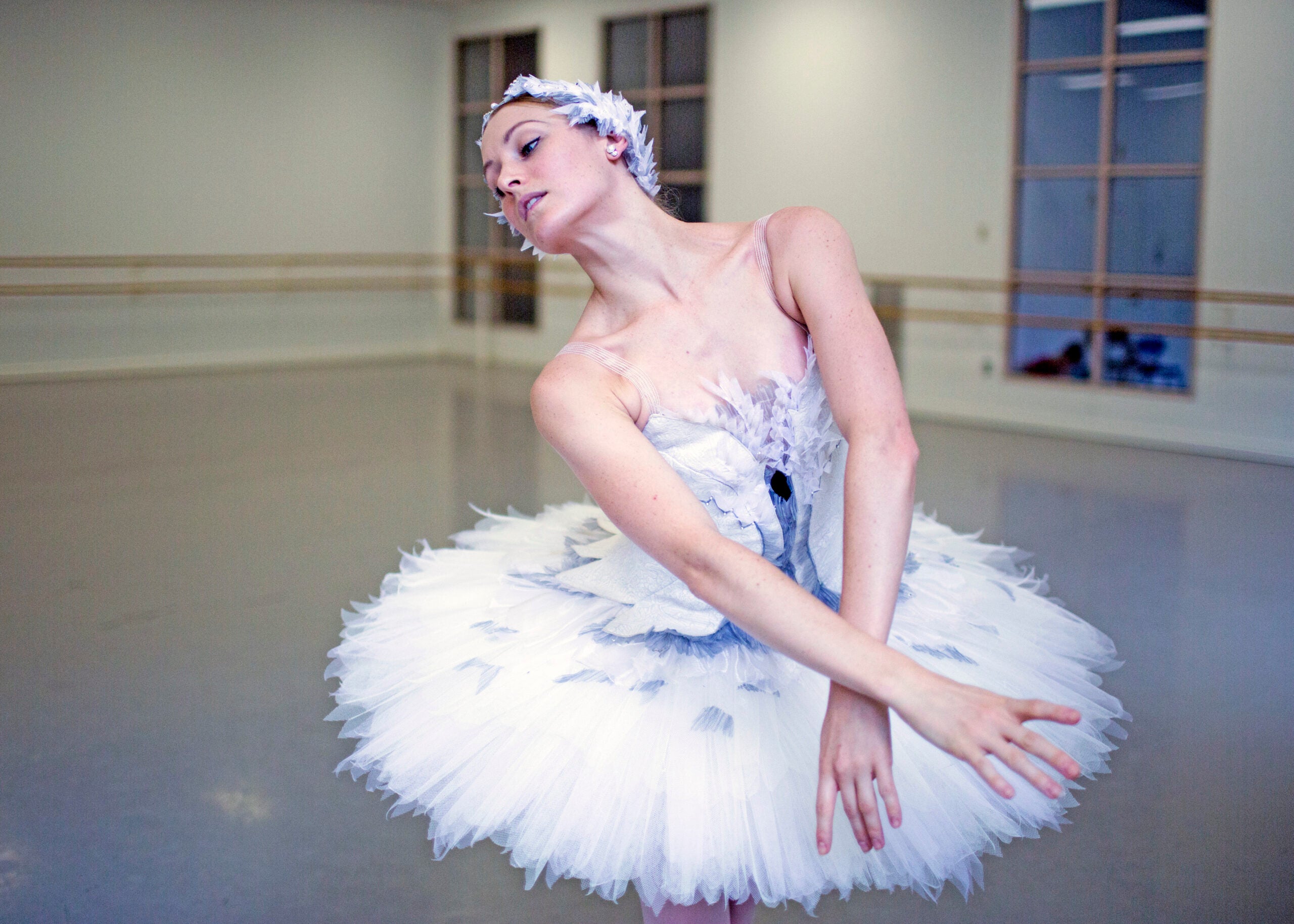
Swan Lake emerged during a period when the art of ballet was undergoing significant transformations.
Tchaikovsky’s foray into ballet composition marked a turning point, signaling a departure from traditional forms that often prioritized technical prowess over emotional expression.
Swan Lake’s narrative, rooted in fairy tales and folklore, captivated audiences with its tragic storyline and profound emotional depth. Tchaikovsky’s ability to weave music and dance into an evocative storytelling medium laid the foundation for future ballet compositions.
The Role of Folklore in Swan Lake
The influence of Russian folklore on Swan Lake cannot be understated.
At its core, the story revolves around universal themes—love, betrayal, and redemption—that are deeply embedded in Russian cultural narratives.
Odette, the beautiful swan princess, symbolizes purity and innocence, whereas Odile, the black swan, embodies deception and seduction. This duality reflects the complexities of human emotions, making the characters relatable even in contemporary society.
The folklore elements are not merely ornamental but serve as essential aspects that enrich the narrative. They invite audiences to explore their own beliefs and experiences while navigating through the tale’s mystical landscapes.
Evolution of Productions
Over the years, numerous adaptations have emerged, each offering unique interpretations of Swan Lake.
From grand performances at prestigious venues like the Royal Opera House to more avant-garde presentations in smaller theatres, the ballet has continually found new life.
This adaptability speaks volumes about the piece’s inherent qualities; Swan Lake can be reimagined without losing its essence. For instance, experimental productions might focus on the psychological aspects of the characters, shedding new light on their motivations and struggles.
The evolution of productions also showcases a broader cultural exchange within the performing arts. As companies worldwide adopt their versions of Swan Lake, they introduce diverse perspectives that enrich the narrative, making it relevant to various cultural contexts.
Themes of Love and Betrayal

Love and betrayal are central themes in Swan Lake, serving as powerful catalysts for the unfolding drama. The interactions between Prince Siegfried, Odette, and Odile unravel a complex web of relationships that challenge our understanding of fidelity, desire, and sacrifice.
The Tragic Love Story
At its heart, Swan Lake is a poignant tale of love that transcends personal desires.
Prince Siegfried’s love for Odette, despite her cursed form, speaks to the idea of unconditional love—a theme that resonates deeply with audiences across cultures.
This notion raises important questions: What does it mean to truly love someone? How far are we willing to go for love? The emotional stakes are high, as the audience witnesses the struggle between love and duty, intimacy and treachery.
Odette’s vulnerability and Siegfried’s earnestness create a dynamic interplay that captures the essence of romantic love. Yet, the introduction of Odile complicates this relationship, illustrating that love is often intertwined with betrayal and temptation.
The Duality of Odette and Odile
The contrasting characters of Odette and Odile serve as profound symbols of the complexities of human emotions.
While Odette represents purity, grace, and vulnerability, Odile embodies seduction, cunning, and darkness.
Their interactions highlight the duality present in all relationships—the coexistence of light and shadow. This duality invites viewers to reflect on their own experiences of love and betrayal.
In many ways, Odette is a reminder of what is at stake when love is manipulated or betrayed. The audience feels her pain as she transforms from a princess into a swan, representing the loss of identity and agency—a sentiment that resonates in today’s society, where individuals grapple with external pressures and internal desires.
The Consequences of Betrayal
Betrayal in Swan Lake serves as a critical turning point in the narrative, leading to tragic consequences.
Siegfried’s moment of weakness, wherein he unknowingly pledges his love to Odile, futher deepens the tragedy of the story.
This act of betrayal not only damns Odette to eternal suffering but also leaves Siegfried grappling with guilt and despair. The resulting chaos emphasizes the weight of choices and the ripple effects they can have on relationships.
Through this exploration of love and betrayal, Swan Lake challenges us to consider the moral dilemmas we face in our lives. It prompts introspection regarding our relationships—how our actions impact those we care about and what sacrifices we are willing to make.
Transformations and Identity
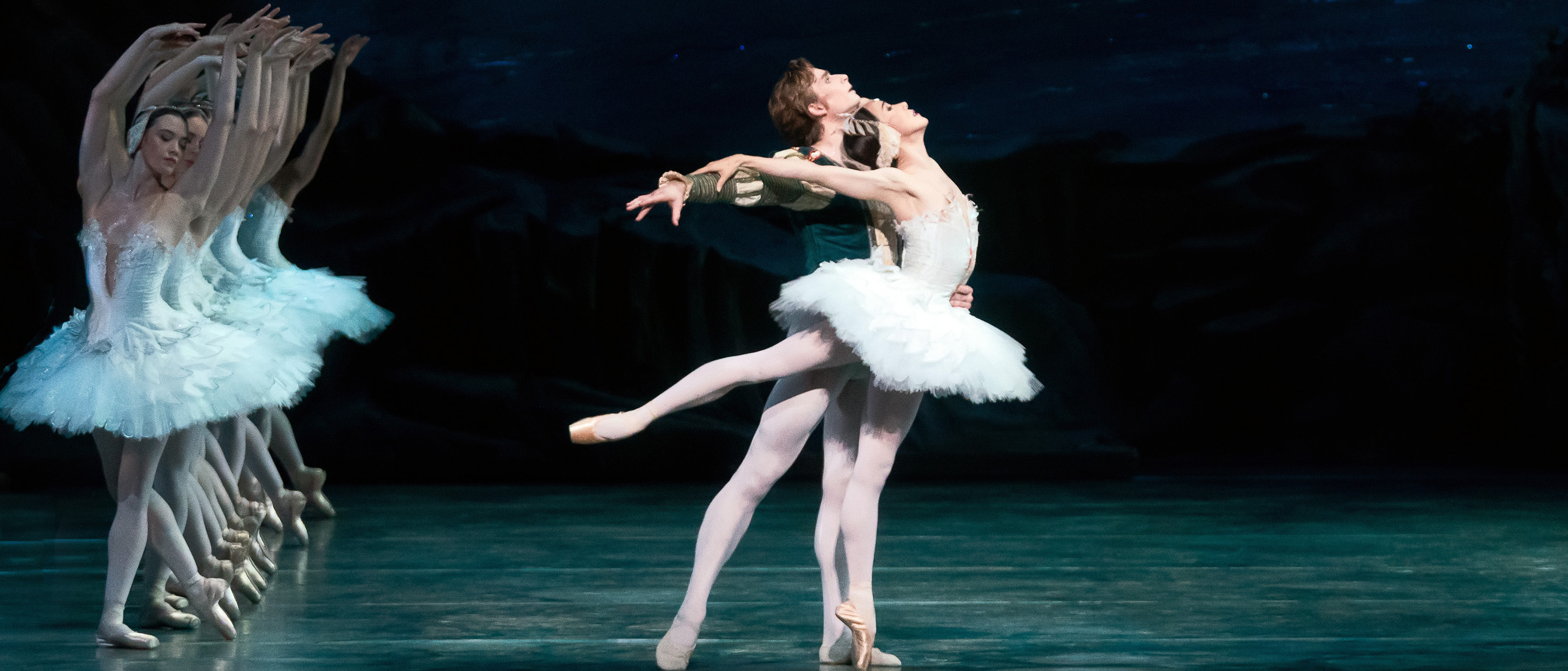
Transformation is a pivotal theme within Swan Lake, exploring the fluidity of identity and the impact of external forces on one’s sense of self.
The characters’ metamorphoses reflect broader societal themes, resonating deeply with contemporary audiences.
Odette’s Transformation
Odette’s journey from a beautiful princess to a vulnerable swan encapsulates the essence of transformation.
Cursed by an evil sorcerer, she embodies the struggle between selfhood and external constraints. Her dual existence raises profound questions about identity—what does it mean to exist in two worlds?
The physical transformation serves as a metaphor for the emotional and psychological changes individuals undergo in response to their circumstances.
Much like Odette, many people experience transformations shaped by societal expectations, traumas, and relationships. Her plight becomes a mirror reflecting the complexities of identity in the modern age.
The Role of Prince Siegfried
Prince Siegfried’s character also undergoes significant transformation throughout the ballet.
Initially portrayed as a romantic hero, he evolves into a figure plagued by guilt and despair following his betrayal.
His character arc illustrates the idea of growth and self-discovery, particularly as he grapples with the consequences of his choices.
As he descends into the depths of sorrow and regret, audiences witness his struggle to reconcile his desires with the moral implications of his actions. This inner conflict serves as a powerful reminder of the challenges faced by individuals today when navigating identity and relationships.
The Symbolism of the Swan
The motif of the swan serves as a rich symbol of transformation within the ballet.
Swans are often associated with beauty, grace, and loyalty, yet they also evoke notions of fragility and vulnerability.
In Swan Lake, the swan symbolizes both freedom and captivity, suggesting the complexities inherent in the pursuit of identity.
The haunting imagery of swans gliding across water evokes a sense of ethereal beauty while simultaneously highlighting the tension between light and darkness. This duality mirrors the journeys of Odette and Siegfried, who navigate their paths amid love, betrayal, and the quest for self-acceptance.
Cultural Interpretations and Global Impact

Swan Lake’s cultural significance extends far beyond the confines of the theatre, influencing various artistic domains and sparking global interest.
Its adaptability across different cultures showcases the ballet’s relevance in contemporary society, inviting diverse interpretations that breathe new life into the classic tale.
Cross-Cultural Adaptations
While rooted in Russian ballet tradition, Swan Lake has been embraced by various cultures, each offering unique interpretations.
For instance, the State Ballet of Georgia’s full-length production in London marks a historic moment, showcasing the ballet through a fresh lens.
Such cross-cultural adaptations illustrate how ballet can evolve while preserving its original essence.
These performances often emphasize different elements of the narrative, allowing audiences to experience familiar themes in novel ways. For instance, contemporary productions may delve deeper into the psychological dimensions of the characters, drawing parallels to modern societal issues surrounding identity and agency.
Influence Beyond Dance
The visual imagery associated with Swan Lake has inspired artists across various disciplines, influencing fashion, interior design, and visual arts.
The delicate aesthetics of feathers, water, and ethereal landscapes have become motifs that transcend the realm of dance.
The offerings from Iksel Decorative Arts, which draw inspiration from Swan Lake, exemplify this cross-disciplinary influence. Such collaborations highlight how ballet can inspire creativity across different domains, fostering artistic dialogue.
Moreover, Swan Lake’s impact is felt in popular culture, where references to its themes and motifs can be seen in films, literature, and visual art. This phenomenon underscores the timelessness of the ballet, reinforcing its status as a cultural artifact that resonates across generations.
The Future of Swan Lake
Looking toward the future, the continuing performances of Swan Lake indicate that its allure remains undiminished.
Scheduled productions for 2025 and beyond signify that each generation experiences the story anew, often reflecting contemporary societal themes within its framework.
The resurgence of interest in live performances post-pandemic further illuminates the ballet’s relevance.
As audiences seek shared experiences that evoke deep emotions, Swan Lake emerges as a beacon of connection and artistic beauty. Its ability to adapt and remain pertinent through time speaks to its power as a cultural landmark.
Conclusion
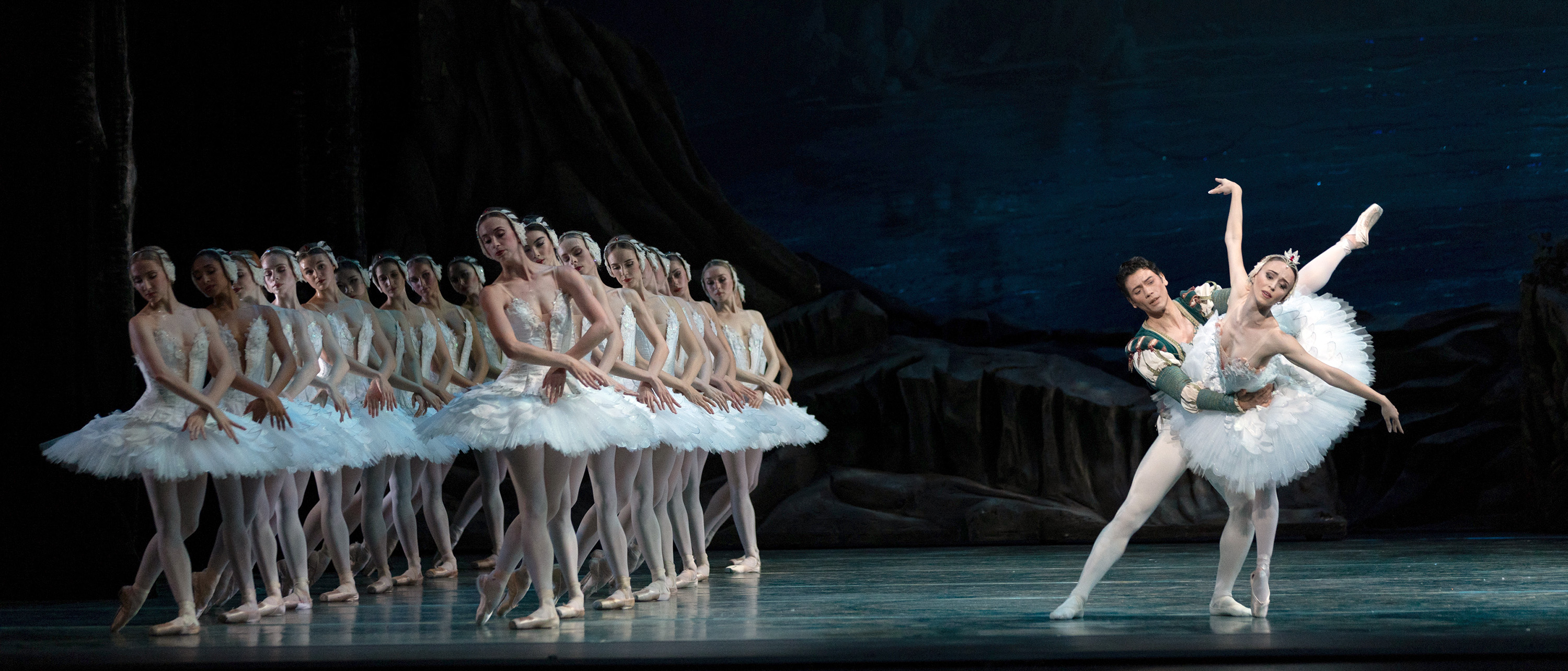
Swan Lake stands as a monumental work that evokes a spectrum of emotions and thoughts, inviting us to reflect on the nature of love, sacrifice, and transformation. Its rich narrative intertwines themes of light and darkness, innocence and evil, presenting a complex portrayal of the human experience. As we continue to engage with this timeless ballet, we are reminded of its enduring relevance, echoing the fragility and beauty inherent in life and love. In an ever-changing world, Swan Lake remains a source of inspiration, challenging us to examine our dualities and contemplate what we might sacrifice in pursuit of our desires.
With each performance, Swan Lake invites us to connect with its profound themes, ensuring that its legacy will endure for generations to come.
✉️ Stay Connected — Subscribe for Weekly Updates
Discover timeless stories, practical wisdom, and beautiful culture — delivered straight to your inbox.
*We only share valuable insights — no spam, ever.




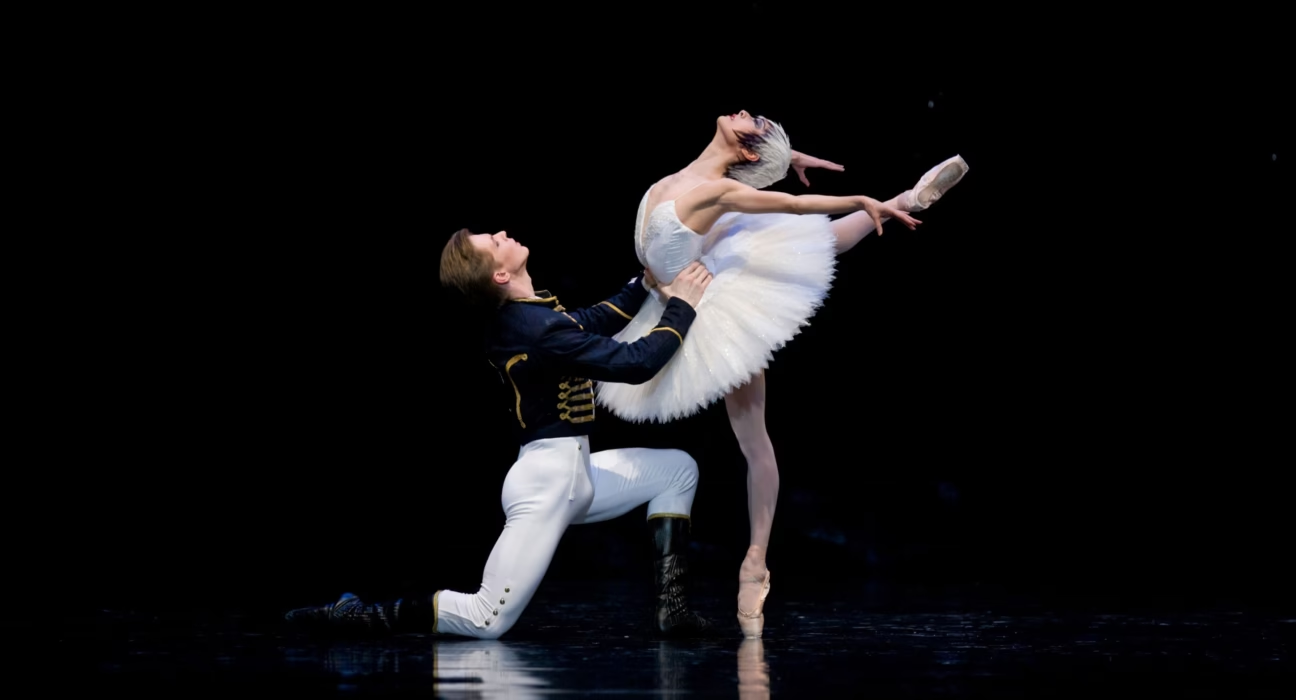

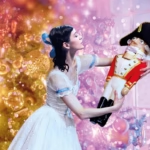
tlovertonet
Tháng 9 5, 2024I conceive other website owners should take this website as an model, very clean and fantastic user genial design and style.
John Son
Tháng 9 5, 2024Thank you very much, we are still learning how other websites do it to improve further.
NHL Live Streams Free
Tháng 9 5, 2024Hi there, You’ve done an excellent job. I will certainly digg it and individually suggest to my friends. I’m confident they’ll be benefited from this website.
QatarStreams NFL schedule
Tháng 9 5, 2024This web site is really a walk-through for all of the info you wanted about this and didn’t know who to ask. Glimpse here, and you’ll definitely discover it.
droversointeru
Tháng 9 5, 2024I’m really impressed with your writing skills and also with the layout on your weblog. Is this a paid theme or did you modify it yourself? Either way keep up the excellent quality writing, it is rare to see a great blog like this one these days..
sexy perfume
Tháng 9 5, 2024This is really fascinating, You’re an excessively professional blogger. I’ve joined your rss feed and stay up for seeking more of your fantastic post. Additionally, I’ve shared your website in my social networks!
vorbelutr ioperbir
Tháng 9 5, 2024What’s Happening i am new to this, I stumbled upon this I have found It absolutely helpful and it has aided me out loads. I hope to contribute & help other users like its helped me. Great job.
drover sointeru
Tháng 9 5, 2024Does your blog have a contact page? I’m having trouble locating it but, I’d like to send you an email. I’ve got some ideas for your blog you might be interested in hearing. Either way, great blog and I look forward to seeing it improve over time.
soccer live streams free
Tháng 9 5, 2024With havin so much content do you ever run into any problems of plagorism or copyright infringement? My website has a lot of completely unique content I’ve either written myself or outsourced but it appears a lot of it is popping it up all over the internet without my authorization. Do you know any ways to help stop content from being stolen? I’d certainly appreciate it.
LED Indicator Bulbs
Tháng 9 5, 2024Hello.This article was extremely motivating, particularly because I was searching for thoughts on this matter last Wednesday.